To begin with what may seem like a cliché: in today’s world, avoiding screens has become nearly impossible. Sitting in front of a laptop monitor, sketching on a tablet, with a phone within arm’s reach to check the time — this is the norm in 2025. Or so we tell ourselves.
In an era where the average person is inundated with images daily, it’s crucial to acknowledge the reality of visual overstimulation. The goal isn’t necessarily to eliminate it, but rather to recognize it and cultivate a healthier relationship with our screens. One effective way to do this? Load a roll of 36-exposure film, queue up a playlist or a podcast that doesn’t require your attention, step outside, and begin searching for compelling compositions.
I like to approach this with what I call a “one roll goal.” When I feel overwhelmed — whether by personal matters, professional pressures, or creative blocks — this practice becomes a form of therapy. Taking my film camera out, tuning into a good podcast, and disconnecting from digital distractions (putting my phone on flight mode helps) allows me to slow down, be present, and sometimes capture my best frames.

This method proved especially valuable when I was living in Nelson, a small mountain town in British Columbia, during the depths of winter. Picture this: -15°C, snow-covered streets, dim light, and near silence. Yet, even in the bleakness of that season, I found that familiar surroundings could take on a completely new character — particularly in a place where the seasons bring such tangible visual change.
My tool of choice was a well-worn Nikon FM2n paired with a 50mm f/1.8 AI-S lens, loaded with a roll of re-spooled Kodak Vision3 250D motion picture film. Processing was done at home using an ECN-2 kit and a sous vide machine I’d picked up at the local hardware store to manage the temperature.

As a photographer who fell in love with the medium while spending hours in the college darkroom, I’ve always leaned heavily toward black and white film. I’ve experimented with various developers, dilutions, and techniques. Colour, however, has historically been more of a rarity in my work.
Shooting colour changes the way I think and see. I often compose with black and white in mind, focusing on tonal range rather than hues. Transitioning between the two formats can be both refreshing and frustrating, but the more I explore motion picture stocks, the more I find myself enjoying the challenge and the results.


In summary, the point of this reflection is simply to remind myself — and perhaps you, too — of the value in wandering with no agenda other than to compose. Seasons shift before we realize it, and with them, moments pass us by. A single roll of film can remind us to slow down and truly see.
Share this post:
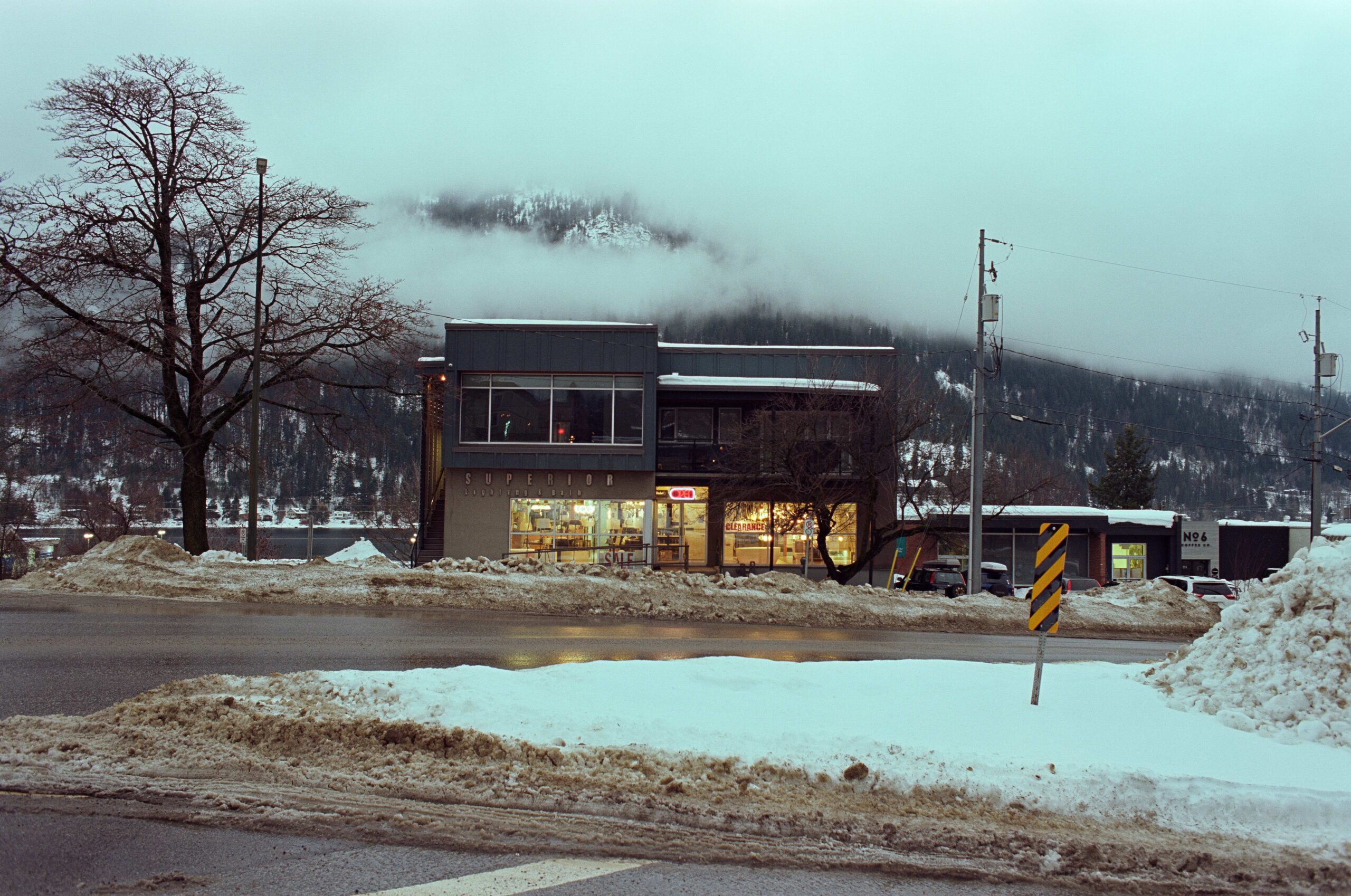
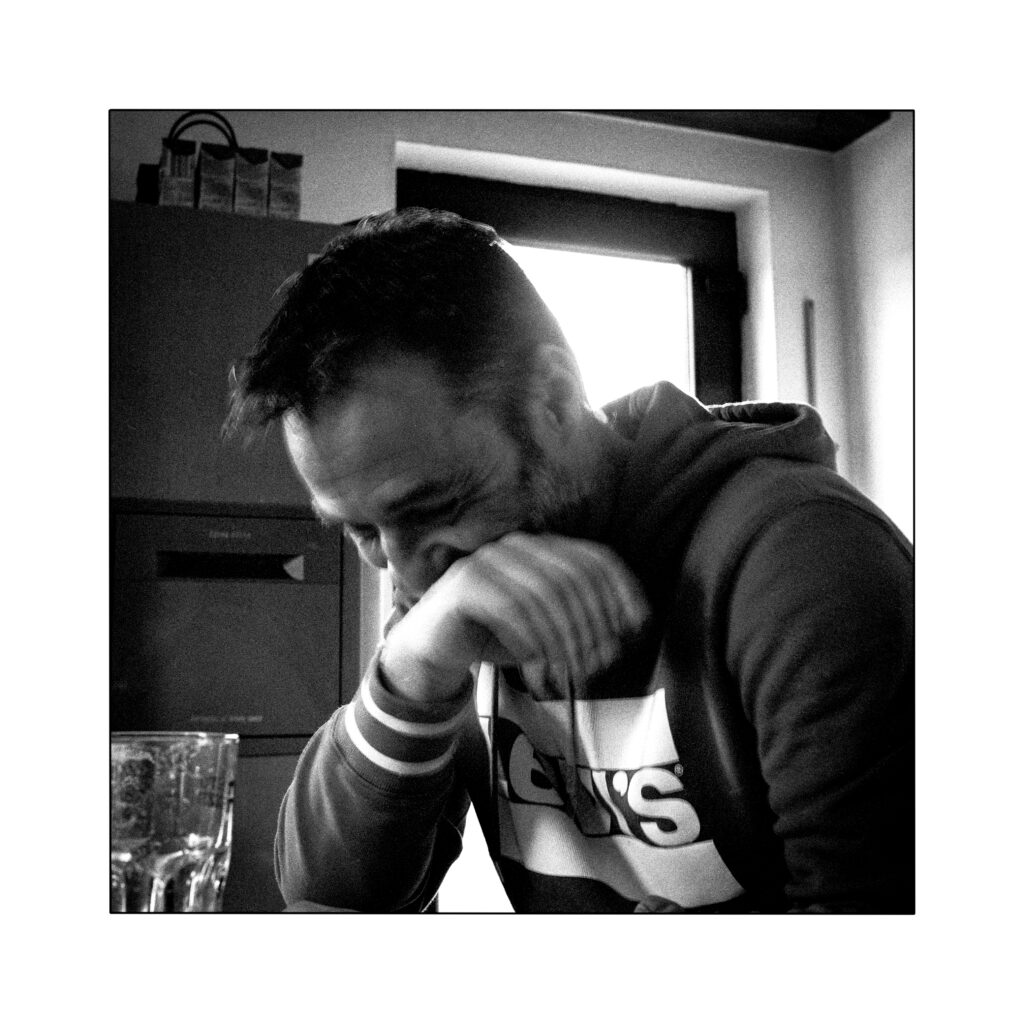
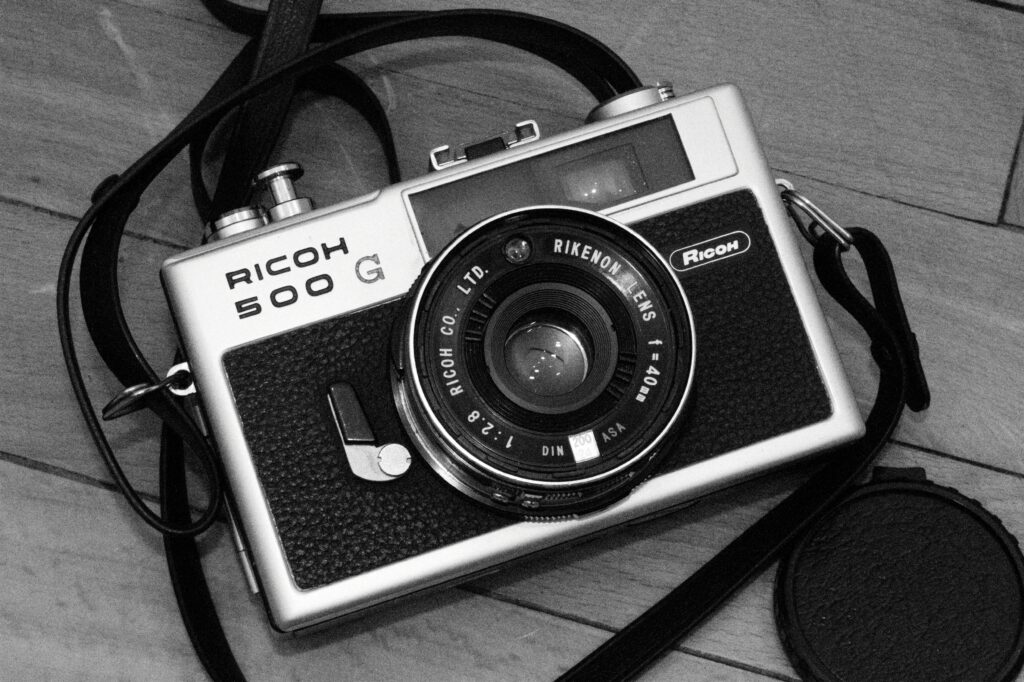
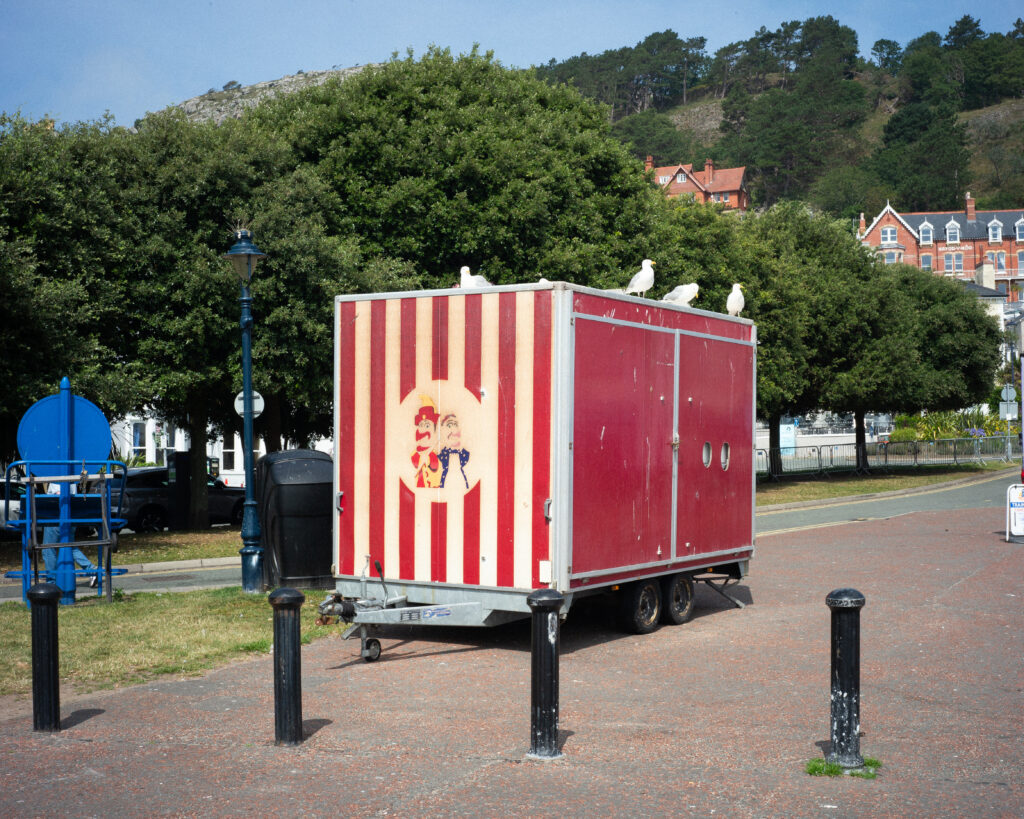
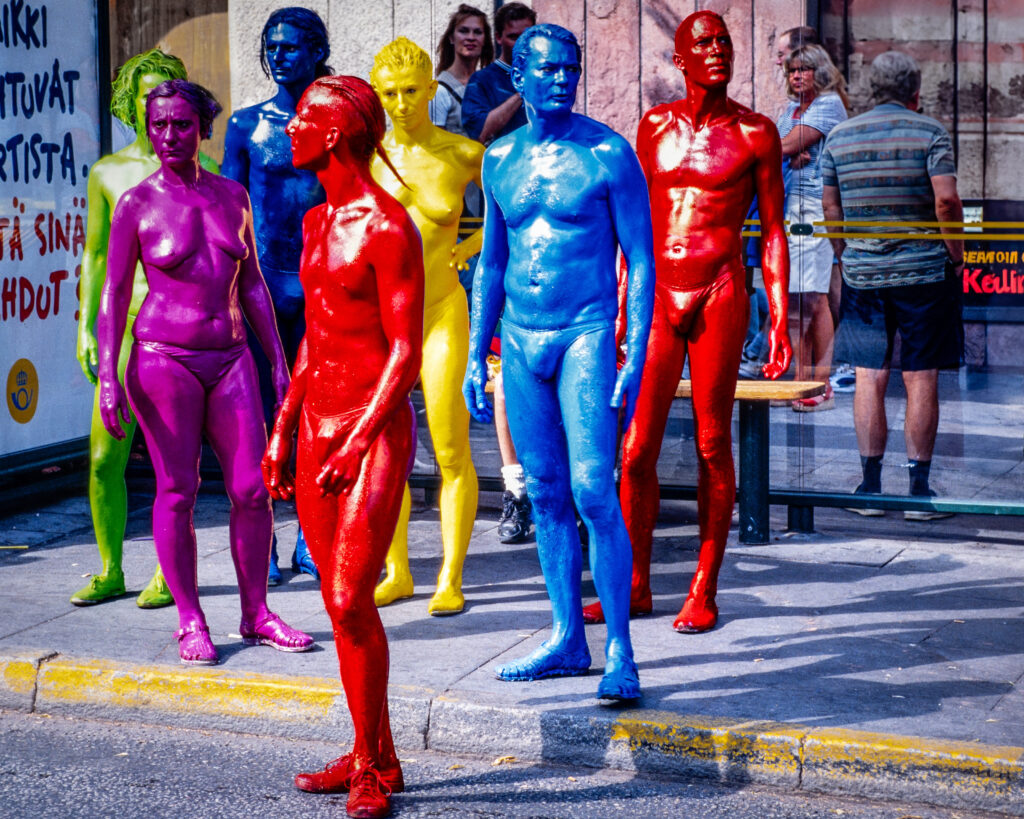
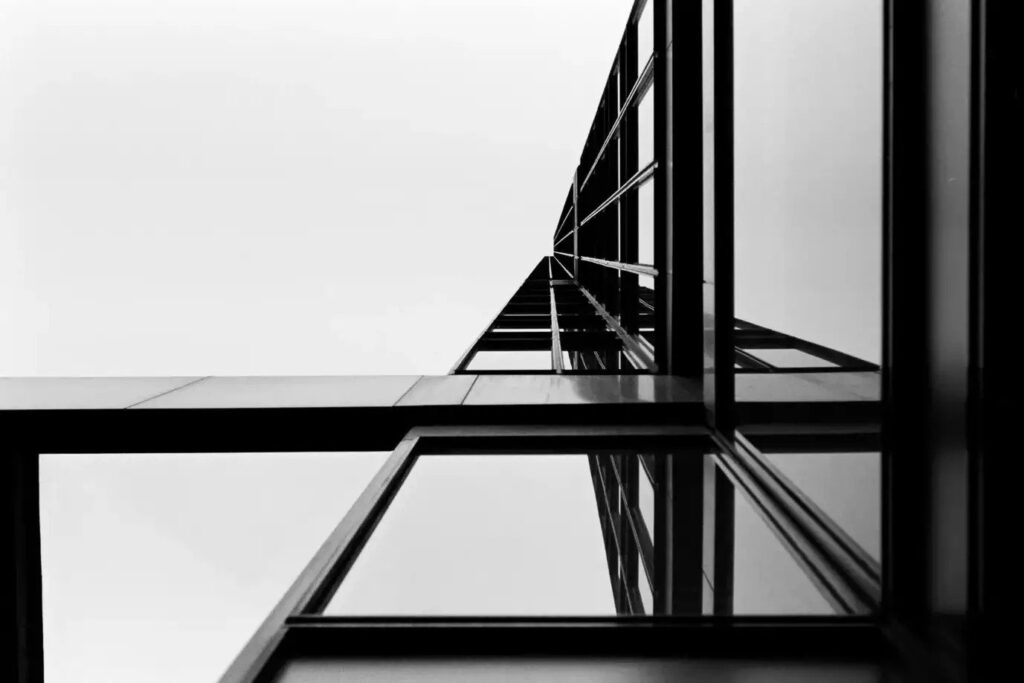
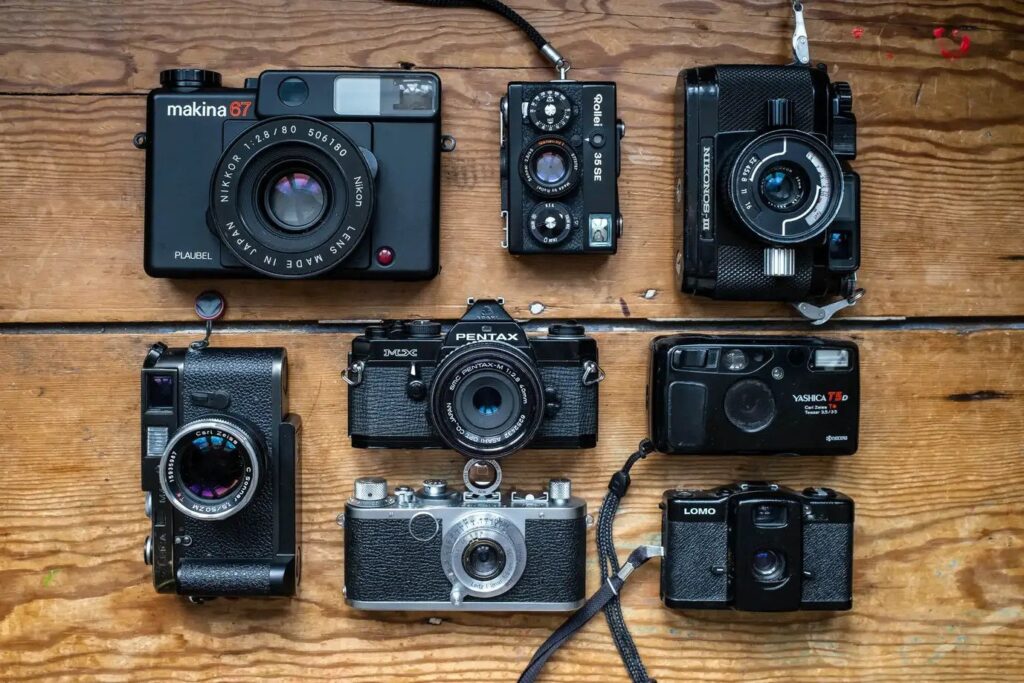
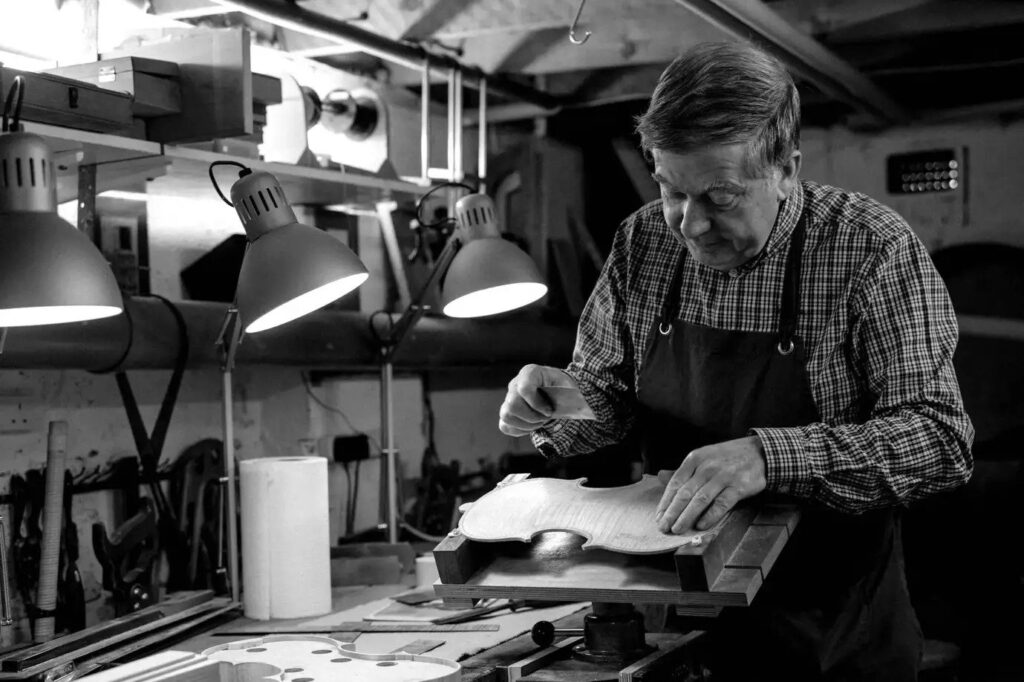
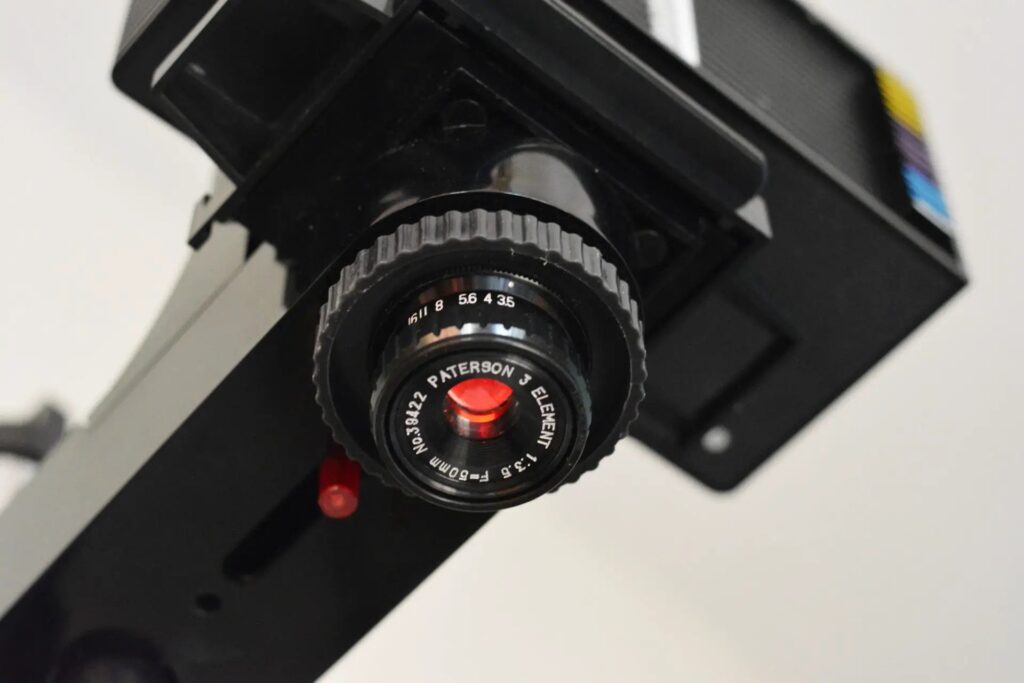
Comments
John Hillyer on Why its important wander aimlessly with your film camera
Comment posted: 06/07/2025
Comment posted: 06/07/2025
Comment posted: 06/07/2025
Comment posted: 06/07/2025
Comment posted: 06/07/2025
Comment posted: 06/07/2025
Thomas Wolstenholme on Why its important wander aimlessly with your film camera
Comment posted: 06/07/2025
No matter as upon opening the article, the second grab was the photograph above the title. I thought, "Wait I minute. I know this place." Two photographs later, and without reading the text, I was sure it was Nelson and so went back to the start of the article and read it through, of course to discover it WAS Nelson. I have been there perhaps half a dozen times in the past 15-years but not since March 2020; apparently it changes ever-so-slowly. Certainly there are a number of aspects of Nelson, and many towns in the B.C. interior, which have aspects of being locked into an era about 100-years ago or more. I myself have a few photographs of both Nelson and Trail that resemble your back alley image.
Like you, I did almost all of my early photographic work in Black & White and, also like you, at least half of the time I "see" the in my mind's eye the image through the viewfinder as if it was in B&W, even though most of the time I shoot in colour using both film and digital means. With digital, I've noticed that often an image cries out to be seen only in B&W and so I process it that way in addition to colour. Most of the people that see these images agree that the B&W image is the better of the two.
Thank you for the opportunity to revisit Nelson if only in my mind.
Gary Smith on Why its important wander aimlessly with your film camera
Comment posted: 06/07/2025
Wandering around outside when it's -15°C on snow-covered streets, isn't my idea of fun (although at 71 y.o. we may have different ideas). Of course, living in metro-Portland, OR, I rarely encounter slush covered sidewalks full of the boot prints of other more intrepid souls.
Thanks for your post! The color in your lede shot is captivating.
Robert Stammers on Why its important wander aimlessly with your film camera
Comment posted: 06/07/2025
Keep wandering it's fun and rewarding.
Paul Taylor on Why its important wander aimlessly with your film camera
Comment posted: 07/07/2025
Comment posted: 07/07/2025
Fred Rosenberg on Why its important wander aimlessly with your film camera
Comment posted: 09/07/2025
Marcus Gunaratnam on Why its important wander aimlessly with your film camera
Comment posted: 09/07/2025
Md Sajjad on Why its important wander aimlessly with your film camera
Comment posted: 18/09/2025